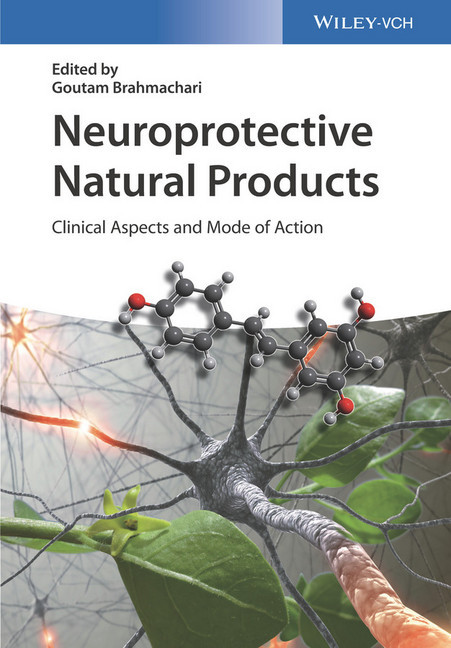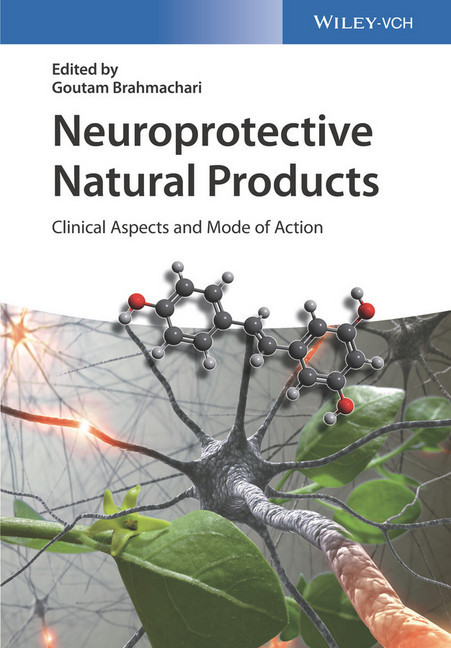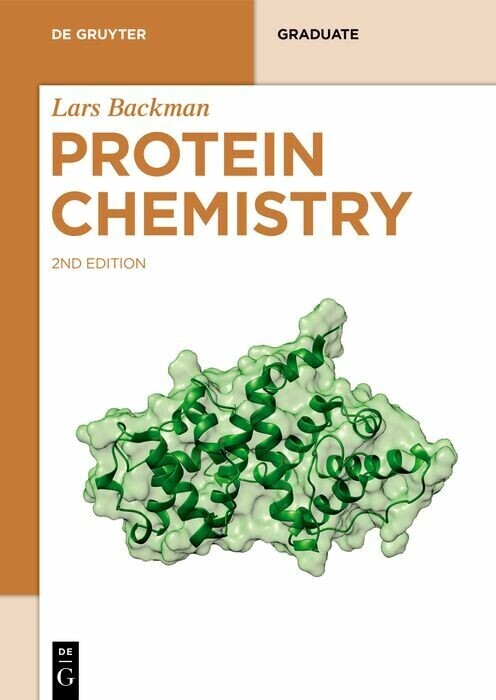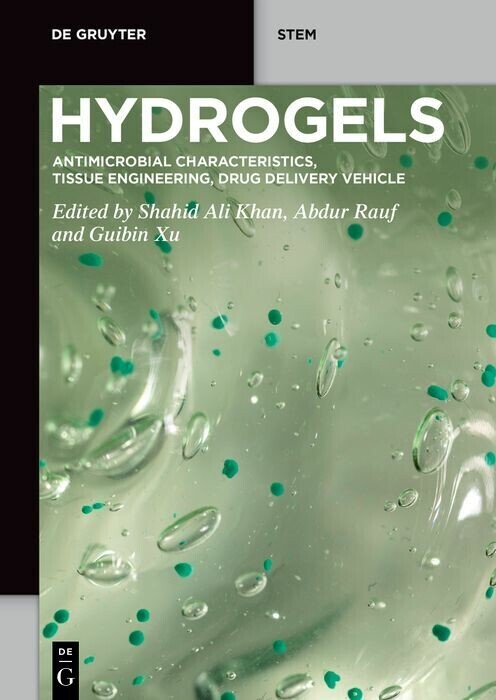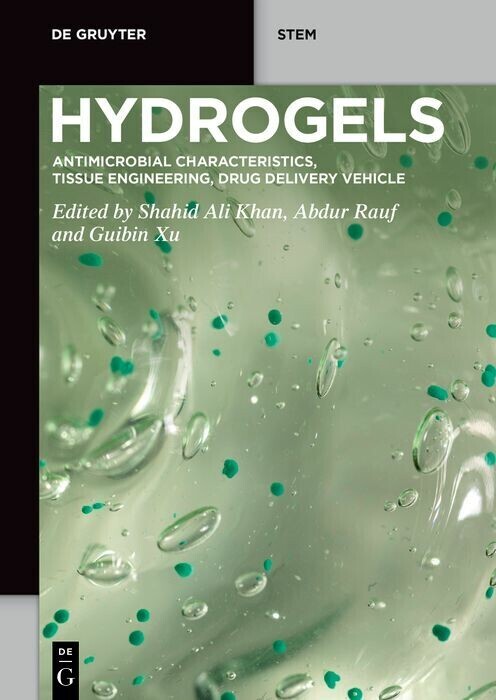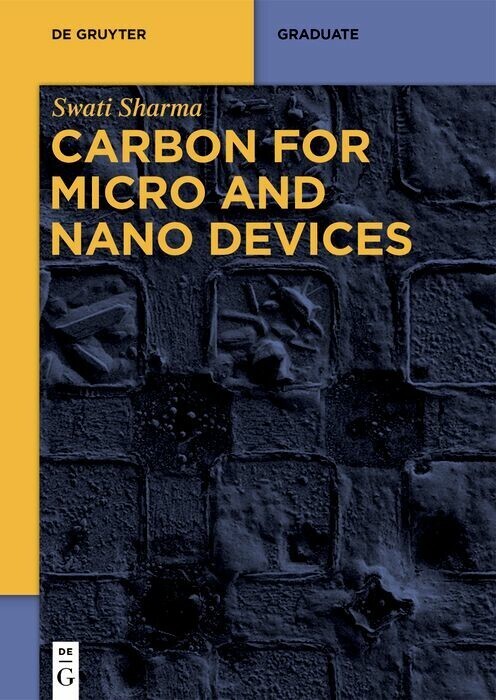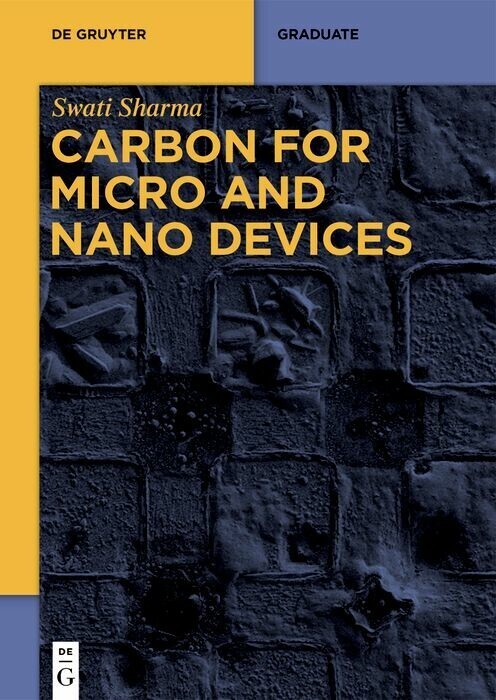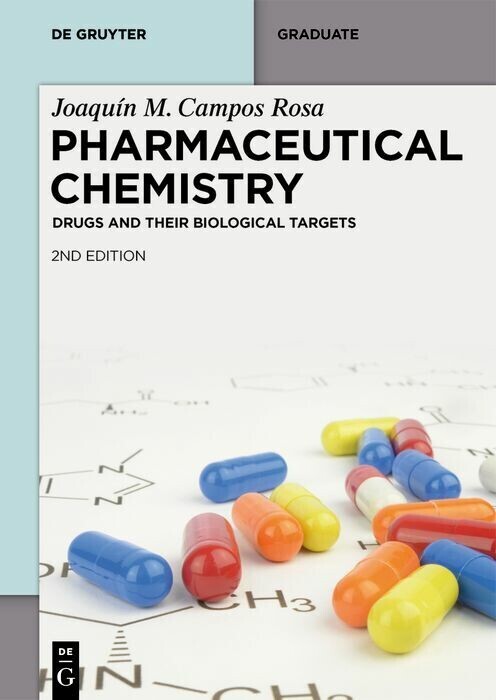Neuroprotective Natural Products
Clinical Aspects and Mode of Action
Neuroprotective Natural Products
Clinical Aspects and Mode of Action
Focusing on the molecular mechanisms of powerful naturally occurring agents and their implication for drug discovery, this timely book presents an overview of the most recent research advances in the field of bioactive natural products and natural drug formulations to combat today's destructive diseases.
To this extent, the authors discuss the most severe neurological disorders in our modern civilization, such as Alzheimer's, Parkinson's and Huntington's disease, as well as ischemic brain stroke and depression. The emerging diversity of active compounds is covered in detail, including flavonoids, cannabinoids and oleanolic acid, while experts in the field explain the chemistry, mode of action and clinical aspects of novel neuroprotective natural products. In each case, the benefits of treatments using natural products are addressed from the perspective of modern as well as traditional medicine.
With its multidisciplinary viewpoint, this is the ideal companion for medicinal and natural products chemists as well as neuroscientists, biochemists, pharmacologists, neurobiologists, and phytotherapists.
After receiving his Ph.D. in 1997 at Visva-Bharati University (India), Goutam Brahmachari joined his alma mater and currently holds the position of a full professor of chemistry since 2011. Research interests of his group include green chemistry, organic synthesis and medicinal chemistry of natural products, as well as artificial compounds. With more than 18 years of experience in both teaching and research, he has produced nearly 160 scientific publications including original research papers, review articles, books and invited book chapters in the fields of natural products and green chemistry. He has authored/edited 18 books and more than 30 book chapters so far published by internationally reputed major presses. He is the Series Editor of the Book Series 'Natural Product Drug Discovery'.
To this extent, the authors discuss the most severe neurological disorders in our modern civilization, such as Alzheimer's, Parkinson's and Huntington's disease, as well as ischemic brain stroke and depression. The emerging diversity of active compounds is covered in detail, including flavonoids, cannabinoids and oleanolic acid, while experts in the field explain the chemistry, mode of action and clinical aspects of novel neuroprotective natural products. In each case, the benefits of treatments using natural products are addressed from the perspective of modern as well as traditional medicine.
With its multidisciplinary viewpoint, this is the ideal companion for medicinal and natural products chemists as well as neuroscientists, biochemists, pharmacologists, neurobiologists, and phytotherapists.
After receiving his Ph.D. in 1997 at Visva-Bharati University (India), Goutam Brahmachari joined his alma mater and currently holds the position of a full professor of chemistry since 2011. Research interests of his group include green chemistry, organic synthesis and medicinal chemistry of natural products, as well as artificial compounds. With more than 18 years of experience in both teaching and research, he has produced nearly 160 scientific publications including original research papers, review articles, books and invited book chapters in the fields of natural products and green chemistry. He has authored/edited 18 books and more than 30 book chapters so far published by internationally reputed major presses. He is the Series Editor of the Book Series 'Natural Product Drug Discovery'.
1;Cover;1 2;Title Page;5 3;Copyright;6 4;Contents;7 5;List of Contributors;17 6;Dedication;21 7;Preface;23 8;Editor Biography;27 9;Chapter 1 Neuroprotective Natural Products: Clinical Aspects and Modes of Action - An Overview;29 9.1;1.1 Introduction;29 9.2;1.2 An Overview of the Book;29 9.2.1;1.2.1 Chapter 2;29 9.2.2;1.2.2 Chapter 3;30 9.2.3;1.2.3 Chapter 4;30 9.2.4;1.2.4 Chapter 5;31 9.2.5;1.2.5 Chapter 6;31 9.2.6;1.2.6 Chapter 7;31 9.2.7;1.2.7 Chapter 8;32 9.2.8;1.2.8 Chapter 9;32 9.2.9;1.2.9 Chapter 10;32 9.2.10;1.2.10 Chapter 11;33 9.2.11;1.2.11 Chapter 12;33 9.2.12;1.2.12 Chapter 13;33 9.3;1.3 Concluding Remarks;34 10;Chapter 2 Neuroprotective Agents: An Overview on the General Modes of Action;35 10.1;2.1 Introduction;35 10.2;2.2 Neuroprotective Agents;35 10.2.1;2.2.1 Pituitary Adenylate Cyclase?Activating Polypeptide (PACAP);35 10.2.2;2.2.2 Hepatocyte Growth Factor (HGF);36 10.2.3;2.2.3 Trophic Factors;37 10.2.4;2.2.4 Apolipoprotein E (apoE)-Containing Lipoproteins;37 10.2.5;2.2.5 Prothymosin ? (PTMA);38 10.2.6;2.2.6 Erythropoietin (EPO);39 10.2.7;2.2.7 Neuregulin?1 (NRG1);39 10.3;2.3 Neurodegenerative Diseases;40 10.4;2.4 Neuroprotection in Common Neurodegenerative Diseases;41 10.5;2.5 Concluding Remarks;44 10.6;Acknowledgments;45 10.7;References;45 11;Chapter 3 Beneficial Upshots of Naturally Occurring Antioxidant Compounds against Neurological Disorders;51 11.1;3.1 Introduction;51 11.2;3.2 Oxidative Stress;53 11.2.1;3.2.1 Oxidants and Its Types;53 11.2.2;3.2.2 Oxidants: Its Production, Consumption, and Way to Oxidative Stress;53 11.2.3;3.2.3 Oxidative Stress Affecting Various Organs Leads to Different Diseases;55 11.3;3.3 Neurological Disorders;56 11.3.1;3.3.1 ROS and Its Way to Oxidative Stress Results in Neurotoxicity;56 11.3.2;3.3.2 Why Is the Brain Particularly Prone to Oxidative Stress?;57 11.3.3;3.3.3 The Different Types of Neurological Diseases;58 11.3.4;3.3.4 Cognitive Diseases;59 11.3.5;3.3.5 Movement Diseases;60 11.4;3.4 Beneficial Effects of Different Antioxidants against Various Neurological Disorders;62 11.4.1;3.4.1 Role of Natural Antioxidants in the Amelioration of Different Cognitive Disorders;64 11.4.2;3.4.2 Role of Natural Antioxidants in the Amelioration of Different Movement Disorders;66 11.5;3.5 Concluding Remarks;68 11.6;References;70 12;Chapter 4 Natural Neuroprotectives for the Management of Parkinson's Disease;85 12.1;4.1 Introduction;85 12.2;4.2 Role of Antioxidants/Natural Neuroprotectives in PD;86 12.2.1;4.2.1 Vitamin E (??Tocopherol);87 12.2.1.1;4.2.1.1 Animal Studies with Vitamin E;88 12.2.1.2;4.2.1.2 Human Studies with Vitamin E;89 12.2.2;4.2.2 Naringenin;90 12.2.2.1;4.2.2.1 Animal Studies with Naringenin;91 12.2.3;4.2.3 Curcumin;92 12.2.3.1;4.2.3.1 Animal Studies with Curcumin;93 12.2.4;4.2.4 Resveratrol;94 12.2.4.1;4.2.4.1 Animal Studies with Resveratrol;95 12.2.5;4.2.5 Coenzyme Q10;96 12.2.5.1;4.2.5.1 Animal Studies with Coenzyme Q10;97 12.2.5.2;4.2.5.2 Human Studies with Coenzyme Q10;97 12.2.6;4.2.6 Vitamin C;98 12.2.6.1;4.2.6.1 In Vitro Studies with Vitamin C;99 12.2.6.2;4.2.6.2 Animal Studies with Vitamin C;99 12.2.6.3;4.2.6.3 Human Studies with Vitamin C;99 12.2.7;4.2.7 Melatonin;100 12.2.7.1;4.2.7.1 Animal Studies with Melatonin;101 12.3;4.3 Concluding Remarks;102 12.4;References;103 13;Chapter 5 Neuroprotective Effect of Ayurvedic Preparations and Natural Products on Parkinson's Disease;119 13.1;5.1 Introduction;119 13.1.1;5.1.1 Therapy for Parkinson's Disease;119 13.2;5.2 Parkinsonian Symptoms and Ayurveda;120 13.2.1;5.2.1 Equivalent Parkinsonian Symptoms in Ayurveda;120 13.2.2;5.2.2 Treating Parkinsonian Symptoms with Ayurvedic Preparations;121 13.3;5.3 Medicinal Plants in the Ayurvedic Formulation for Parkinson's Disease Therapy;122 13.3.1;5.3.1 Mechanism of Action of Ayurvedic Preparation in PD;124 13.3.1.1;5.3.1.1 Mucuna pruriens;124 13.3.1.2;5.3.1.2 Hyoscyamus niger;124 13.3.1.3;5.3.1.3 Withania somnifera;124 13.3.1.4;5.3.1.4 Sida cordifolia;125 13.4;5.4 Concluding Remarks
Brahmachari, Goutam
| ISBN | 9783527803798 |
|---|---|
| Artikelnummer | 9783527803798 |
| Medientyp | E-Book - PDF |
| Copyrightjahr | 2017 |
| Verlag | Wiley-VCH |
| Umfang | 376 Seiten |
| Sprache | Englisch |
| Kopierschutz | Adobe DRM |

